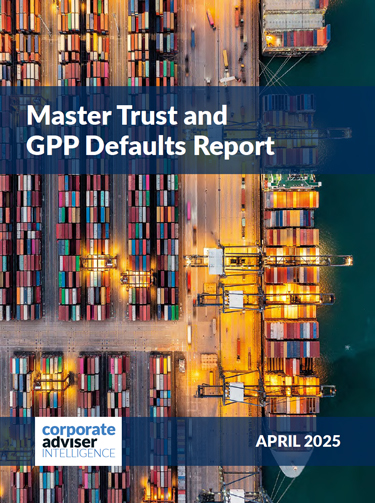The shift in responsibility
As the shift from defined benefit to defined contribution continues, the onus is on the individual to save adequately for their pension. But, broadly speaking, we know that people aren’t saving enough. This leads to a future of underfunded pensions, where people will be forced to look elsewhere to help fill the financial gaps. To achieve a moderate standard of living in retirement, estimated at £31,300 by the PLSA, individuals will need to save pots, in addition to their state pension, in the region of £425,000. It is perhaps unsurprising that research indicates that, by the early 2040s, nearly three in five DC pension savers are expected to enter retirement with savings that fall short of expectations or adequacy.
This scenario is echoed by many pension providers, as the increased use of technological retirement solutions generates more data and insight into actual retirement behaviours. Insights from Mercer’s Destination Retirement planner, developed by Hub Financial Solutions and available on the Mercer Money app, reveal that individuals are relying on a variety of sources beyond their pension pots to fund their retirement, including savings, investments, and ISAs.
The facts
- 52% of retirement savings assets are non-pension highlighting the need for a diversified approach to retirement.
- 49% of households are using ISA’s as part of their retirement savings.
- 30% of households are using investments as part of their retirement savings.
“Our goal is to help individuals recognise that retirement planning is not solely about individual pots; it’s about how all their assets, investments, ISAs, savings and more, work together to support a secure financial future. How can we expect people to make good decisions when trying to negotiate the complexity of multiple pots of money, savings vehicles, income streams, longevity risk, product choices and tax implications?” said Stephen Coates, Head of Proposition, Mercer Master Trust.
“We help our members navigate this complexity so that they can make the best use of all their assets. Of the thousands of members using our digital retirement planning tool we see an average retirement savings (including pension and non-pension assets) fund of around £500K. The only way most ordinary people will achieve this figure is by including non-pension, and partner assets. But if they do, many will be on track to exceed a Moderate Retirement Living Standard as set out by the PLSA. It’s not just about what you’ve got, it’s about what you do with it.”
Navigating complexity
Having a complete financial picture is increasingly important, especially as individuals tend to accumulate several small pension pots over their lifetime. Data from the FCA indicates that, of the 57% of pension pots emptied in the tax year 2022-23, the majority were valued at £10,000 or less. How can we expect savers to make good financial decisions when looking at smaller pots in isolation?
Government initiatives such as the Pension Dashboard, and the recently announced plan to bring individual’s small pension pots (those valued at £1,000 or less) into a default consolidator, are welcome steps towards addressing this challenge. However, the question remains: will these measures be sufficient, and what more can the industry do?
Time to see the bigger picture
By providing individuals with a holistic view of their financial future, and the support mechanisms to make sense of this picture, pension scheme members can make more informed choices and better decisions. Without this, there is a risk of making decisions that could undermine long-term financial security, ultimately failing the savers we are here to support.
Mercer’s report ‘What’s the Price of Freedom?’, highlights the importance of a holistic approach to financial planning. Retirement is no longer solely about pensions; it’s piecing together all aspects of our financial world. As an industry we must embrace this shift in perspective and rise to the challenge of supporting how people save for their retirement.





